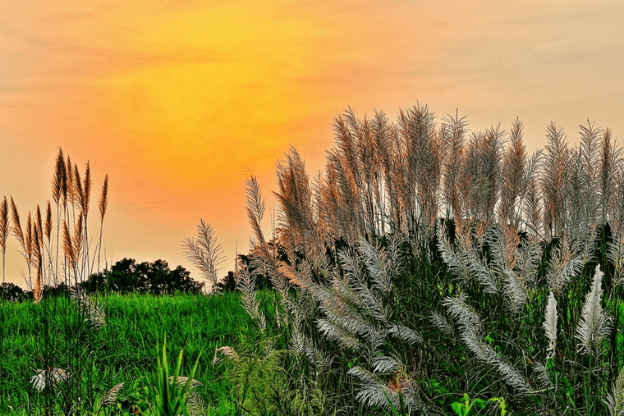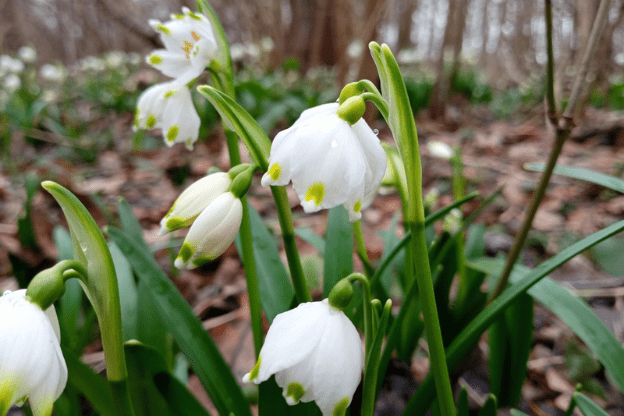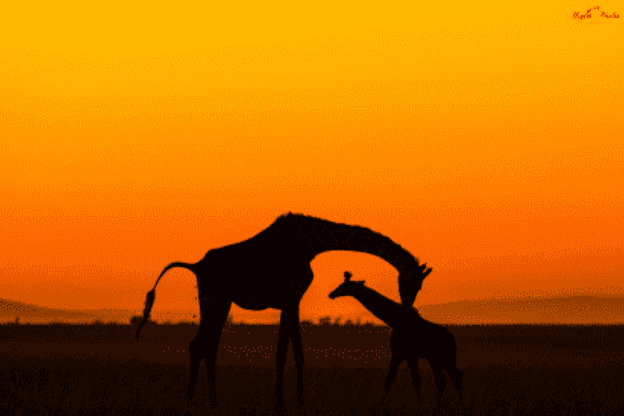
The allure of landscape photography lies in its ability to transport viewers to breathtaking locations, evoking emotions and inspiring awe. Whether you're a novice photographer looking to enhance your skills or an experienced shutterbug seeking new techniques, understanding the nuances of landscape photography can make a significant difference in your work. This article delves into various tips and strategies to help you capture the essence of the great outdoors, from planning your shoots to mastering the technical aspects of your camera.
| Introduction |
|---|
| Understanding the Basics of Landscape Photography |
| Choosing the Right Equipment |
| Mastering Composition Techniques |
| Optimal Lighting Conditions |
| Capturing Sharp Images |
| Post-Processing Techniques |
| Special Techniques for Unique Effects |
| Planning Your Landscape Photography Trips |
| Researching Locations |
| Weather Considerations |
| Timing and Patience |
| The RSFI Institute Advantage |
| FAQs |
| Conclusion |

Before diving into specific tips, it's crucial to understand the fundamentals of landscape photography. This genre focuses on capturing the beauty of nature, including mountains, forests, deserts, coastlines, and more. The goal is to create images that are not only visually stunning but also convey the atmosphere and mood of the scene.
Your choice of camera plays a significant role in the quality of your landscape photographs. While modern smartphones offer impressive capabilities, investing in a DSLR or mirrorless camera provides greater flexibility and control over your shots. These cameras allow for interchangeable lenses, manual settings, and higher resolution, all of which contribute to better image quality.
The lens you use is equally important as the camera itself. Wide-angle lenses are a popular choice for landscape photography as they capture a broader field of view, making it easier to include expansive scenes in your frame. However, don't overlook the potential of telephoto lenses, which can compress the perspective and highlight distant elements, creating a different kind of visual impact.
A sturdy tripod is an essential tool for any landscape photographer. It ensures stability, especially during long exposures, and helps you maintain precise compositions. Invest in a quality tripod that can withstand various weather conditions and terrain.

Read About: The 5 Types of Shots Every Filmmaker Should Know
One of the fundamental principles of composition is the rule of thirds. Imagine your frame divided into nine equal parts by two horizontal and two vertical lines. Placing key elements along these lines or at their intersections creates a more balanced and visually appealing image.
Leading lines lead the viewer's eye into the photo, creating a sense of depth and movement. These lines can be natural, like rivers or paths, or man-made, like fences or roads. Incorporating leading lines into your composition adds dynamism to your landscapes.
Including interesting elements in the foreground of your shots can add depth and dimension to your landscapes. Look for rocks, flowers, or other features that can serve as focal points and draw the viewer's eye into the scene.
Using natural frames, such as trees or archways, can help focus attention on your main subject and create a sense of context. Experimenting with different perspectives, like shooting from a low angle or a high vantage point, can also add unique viewpoints to your images.

Lighting is a critical factor in landscape photography. Golden hour, shortly after sunrise and before sunset, offers warm, soft light that enhances colors and textures. The blue hour, just before sunrise and after sunset, provides a cooler, more ethereal light that's perfect for capturing serene landscapes.
While the golden and blue hours are ideal, sometimes you're limited to shooting during the day. In such cases, avoid harsh midday light, which can create strong shadows and washed-out colors. Instead, look for diffused light on cloudy days or shoot in shaded areas.
Read About: Creating Visual Storytelling: Cinematography vs. Videography
Polarizing filters are invaluable for landscape photographers. They reduce reflections from water and other surfaces, enhance colors, and increase contrast in the sky. This can make a significant difference in the overall quality of your images.
Neutral density (ND) filters allow you to use slower shutter speeds in bright conditions, enabling you to capture motion blur in waterfalls, rivers, and clouds. They come in various strengths, so choose one that suits the specific lighting conditions you're working with.
Achieving sharp focus is crucial in landscape photography. Use manual focus for precise control, especially when shooting with a tripod. Focus on a point about one-third into the scene to maximize depth of field, or use focus stacking for intricate compositions with varying depths.

Adjusting your shutter speed and ISO settings based on the lighting conditions and desired effects is essential. A slower shutter speed can create motion blur in water and clouds, while a higher ISO can compensate for low light but may introduce noise.
Read About: : Best Filmmaking Courses After 12th: RSFI Institute Fees & Eligibility 2024
Post-processing is an integral part of landscape photography. Tools like Adobe Lightroom and Photoshop allow you to fine-tune your images, enhancing colors, contrast, and sharpness. Familiarize yourself with these programs to bring out the best in your shots.
Balancing exposure and contrast is crucial for creating dynamic images. Use histograms to ensure your highlights and shadows are properly exposed. Adjusting contrast can add depth and dimension, making your landscapes more visually striking.
Accurate color representation is vital in landscape photography. Adjust the white balance to match the lighting conditions and correct any color casts. Enhancing specific colors can also add vibrancy and bring your images to life.

Long exposure techniques can create dramatic effects in your landscape photos. Use a tripod and ND filter to achieve slower shutter speeds, capturing the smooth flow of water, moving clouds, or star trails in night skies.
High dynamic range (HDR) photography involves combining multiple exposures to capture a wider range of tones, from the darkest shadows to the brightest highlights. This technique is particularly useful in challenging lighting conditions, such as sunrise or sunset.

Converting your landscape images to black and white can create timeless, dramatic photographs. Focus on contrast, texture, and composition to make the most of this classic style.
Thoroughly researching your shooting locations is essential. Use online resources, maps, and social media to scout potential spots. Consider the time of year, weather conditions, and accessibility to ensure you’re well-prepared.
Weather plays a significant role in landscape photography. Check forecasts and be prepared for changing conditions. Dramatic weather, like storms or fog, can add a unique mood to your photos, but always prioritize safety.
Patience is key to capturing the perfect landscape shot. Arrive early to set up and be prepared to wait for the ideal lighting or weather conditions. Sometimes the best moments happen unexpectedly, so stay alert and ready to shoot.
Consider supporting conservation organizations and initiatives that protect natural landscapes. Your contributions can help preserve the beauty of these locations for future generations to enjoy and photograph.

Enhancing your landscape photography skills can be significantly accelerated with the right training. The RSFI Institute offers comprehensive programs that cover everything from technical skills to artistic vision. With experienced instructors and hands-on workshops, you'll learn advanced techniques to capture stunning outdoor scenes. Their curriculum is designed to take your photography to an extreme level, ensuring you master the craft and produce professional-quality images.
The best time for landscape photography is during the golden hour (shortly after sunrise and before sunset) and the blue hour (just before sunrise and after sunset). These times offer soft, flattering light that enhances the colors and textures of the landscape.
While smartphones can take decent landscape photos, a DSLR or mirrorless camera offers more control and flexibility. These cameras allow for interchangeable lenses, manual settings, and higher resolution, all of which contribute to superior image quality.
To make your landscape photos more interesting, focus on composition techniques like the rule of thirds, leading lines, and foreground interest. Experiment with different perspectives and look for unique elements to include in your shots.
Filters, such as polarizing filters and neutral density filters, can significantly enhance your landscape photos. They reduce reflections, increase color saturation, and allow for slower shutter speeds in bright conditions, enabling you to capture dynamic and visually striking images.
To achieve sharp focus in landscape photos, use manual focus and focus on a point about one-third into the scene. A smaller aperture (higher f-stop number) will increase depth of field, keeping both foreground and background elements in sharp focus. Additionally, use a tripod to stabilize your camera.
HDR photography involves combining multiple exposures to capture a wider range of tones, from the darkest shadows to the brightest highlights. This technique is particularly useful in challenging lighting conditions, such as sunrise or sunset, and can result in images with more detail and depth.
Mastering landscape photography is a rewarding journey that combines technical skills, artistic vision, and a deep appreciation for nature. By understanding the basics, choosing the right equipment, and honing your composition and post-processing techniques, you can create stunning images that capture the beauty of the great outdoors. Remember to respect the environment and continually seek inspiration from the world around you. With patience, practice, and passion, your landscape photography will reach new heights, allowing you to share the majesty of nature with others.